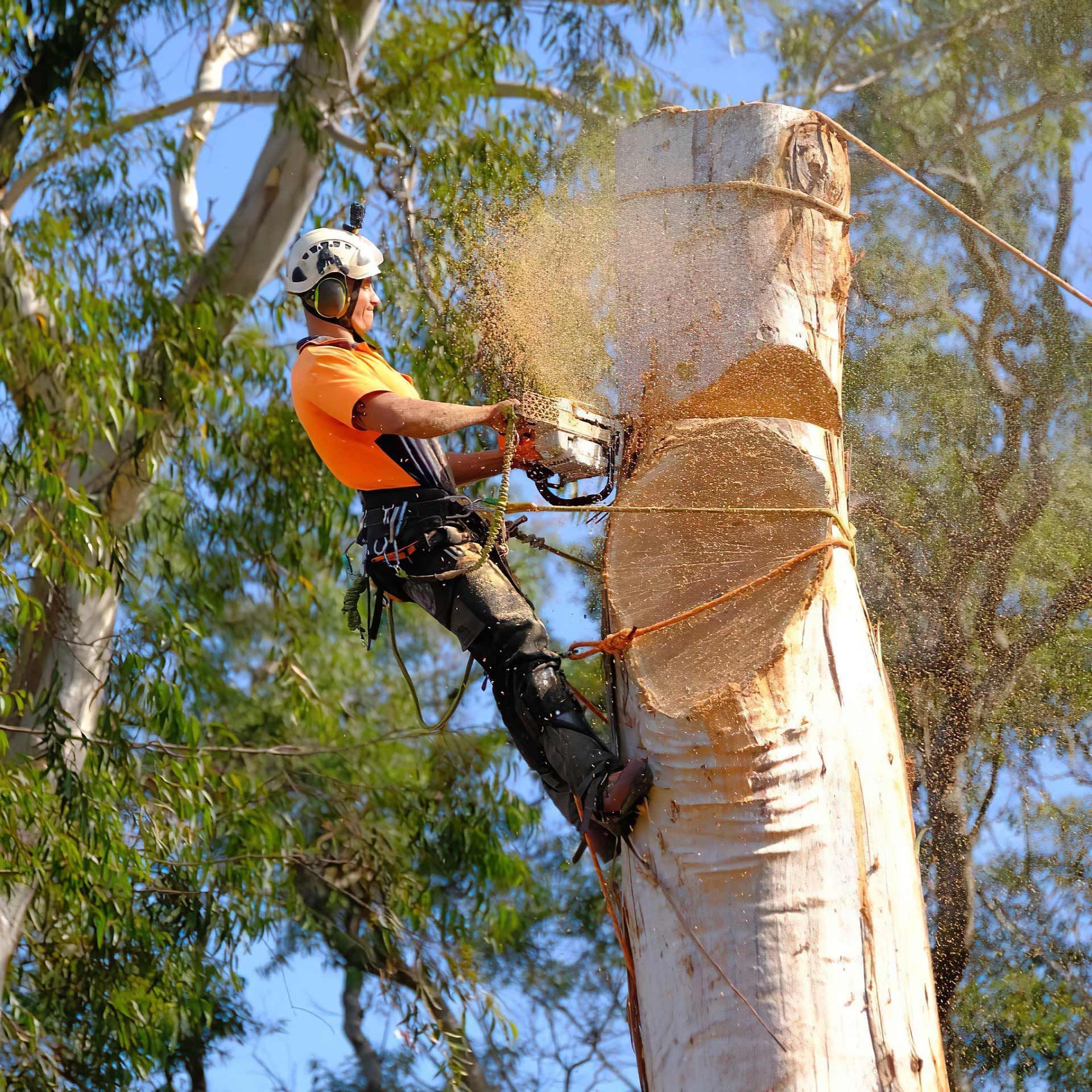The Dangers of Ignoring a Dead Tree on Your Property
Do you have a dead tree looming over your property? Perhaps you are confused about what to do, which is why you're choosing to ignore it. While it may seem easier to disregard the issue, neglecting a dead tree can actually put your property and safety at risk.
In this blog, we'll list down common signs of a dead tree in order to raise awareness about the potential dangers of ignoring them on your property. Furthermore, we will provide you with tips on the appropriate course of action to take if you are faced with this situation. Read this blog to learn more.
What are the signs of a dead or dying tree?
Not all trees show obvious signs of decline immediately, but there are several common signs that may confirm their struggling health. Here are some:
Discoloured foliage
Wilted brown leaves are often a visible indicator of a tree's poor condition. This could be due to dehydration, nutrient deficiencies, or pest infestation. If left untreated, these issues can lead to further deterioration and ultimately its death. In such cases, prompt and immediate attention is essential to save a dying tree.
Leafless branches
If it's the growing season and the tree does not produce leaves, shoots, or buds, or if the leaves have withered and not regrown in the spring, then it is likely dead. This could have been caused by a disease, environmental stress, or lack of water, leading the tree to no longer sustain itself and grow.
Dead branches
If the tree easily bends and snaps off, then it may indicate internal decay or structural weakness. While a healthy tree naturally sheds broken branches, dead twigs, and dead branches from time to time, frequent shedding is something that you should not ignore. In some cases, it may indicate a dead or dying tree.
Brittle bark
A brown and brittle bark can indicate various issues, including drought stress, fungal infections, or physical damage. While these symptoms can be concerning, they may not necessarily mean that the tree is dead. However, if these are accompanied by other signs of decline, such as leaf loss, lack of new growth, and decay in the branches or trunk, it may indeed suggest a sick or dying tree.
Cracks in the trunk
A dying tree can sometimes display large cracks or splits in the trunk, which may have resulted from various factors, including severe storms, lightning strikes, considerable stress, trauma, or mechanical injuries from construction activities.
Decaying tree roots
Without the support and nourishment provided by a healthy tree, its roots can gradually begin to decay over time. As this occurs, they may not be able to uptake water and nutrients, but instead, they might release organic material into the soil, leading to the tree's overall demise.
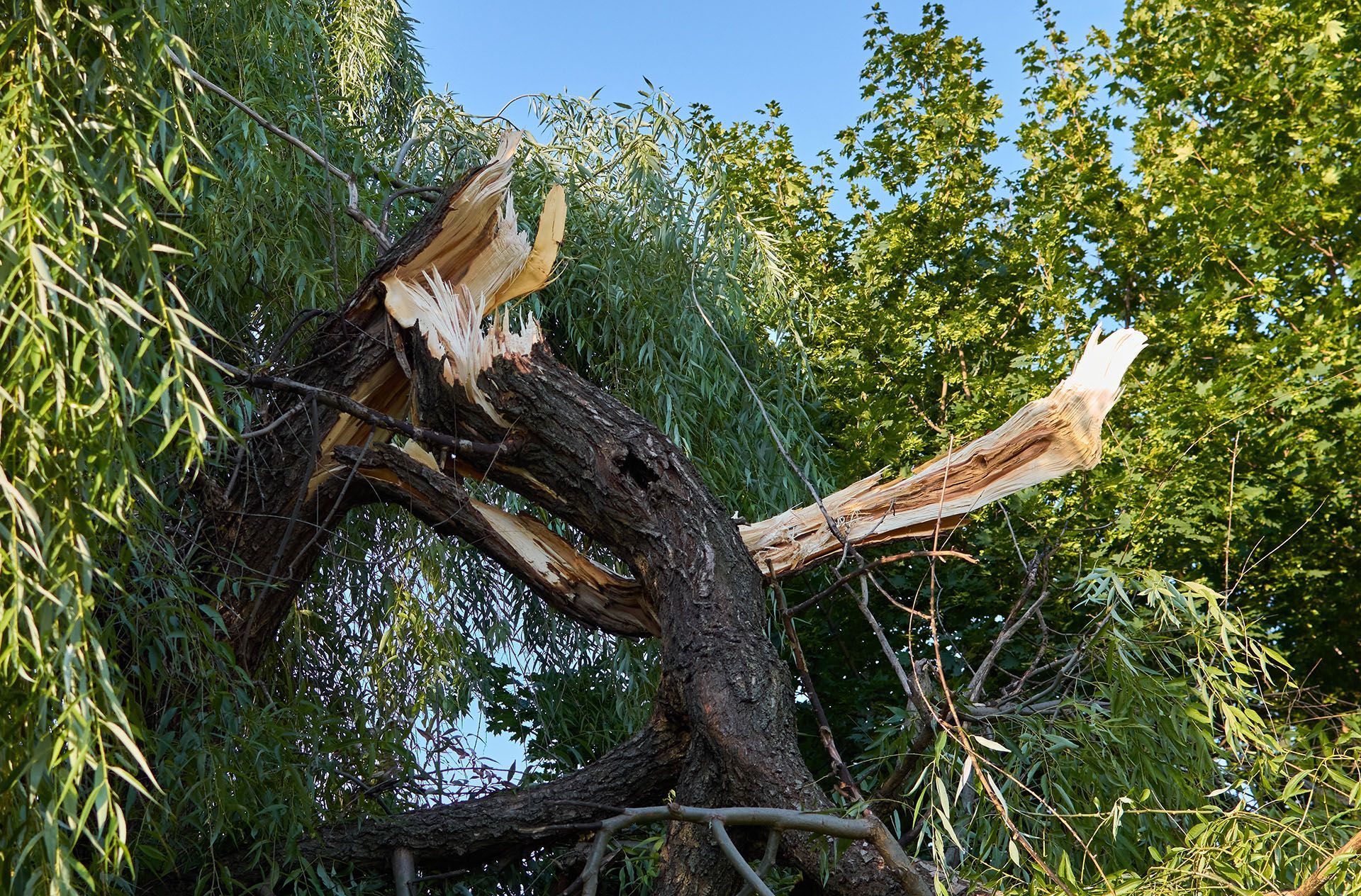
Open wounds
When a tree shows open wounds, it often indicates that its protective bark barrier has been breached, leaving it susceptible to pathogens and decay. And over time, these wounds can increase the risk of damage and eventual decline.
Insect infestations
The presence of wood-boring insects like beetles or carpenter ants can indicate a dying tree, as these pests often target weakened or stressed trees for colonisation. In such cases, implementing pest management measures is crucial to mitigate further damage and potentially save a dying tree.
Leaning or tilting
A tree that leans unnaturally suggests potential root damage or decay. While bracing it could delay complete collapse, it often indicates that the tree's condition is too severe for full recovery and efforts to save a dying tree may prove ineffective.
Stunted growth
Once a tree or branch dies, it no longer undergoes growth processes such as producing new leaves, branches, or roots. As such, stunted growth is a clear indicator of a tree's deteriorating health, often stemming from various factors like disease, inadequate nutrition, or adverse environmental conditions.
Why should you not ignore a dead tree on your property?
Knowing how to spot a dead or sick tree can help you avoid potential risks on your property. To help you with this, here are a few reasons why you should not ignore them:
1. Safety Hazard
Even without wind or a storm, dead trees can eventually fall at any time on your property. As the structural integrity weakens over time, the risk of sudden collapse also increases. Depending on the tree's location, it could land on your property or your neighbour's property without any warning.
Not only can this cause significant damage to structures, vehicles, or landscaping, but more importantly, it could pose a hazard to the safety of everyone in the vicinity. Furthermore, falling branches or trees can injure people or pets and create obstacles for emergency responders during evacuations.
2. Property Damage
Falling branches or the entire tree can cause significant damage to roofs, structures, fences, and landscaping elements on your property. As the tree weakens, its branches become more prone to breaking and falling.
Not to mention, the roots of a dying tree may continue to grow and expand underground, potentially causing damage to underground pipes, sewer lines, or foundations. This not only results in financial losses with all the associated repair costs and cleanups but it also disrupts your daily routines and may cause inconvenience to you and your family.
3. Disease Spread
No matter how beautiful and sturdy a tree is, it can become a potential hazard as soon as it begins to decline in health. A dying tree, in particular, can attract pests over time, as its weakened state becomes an ideal breeding ground for insects and fungi.
These pests not only accelerate the tree's decay but they also pose risks to nearby vegetation and other plants. Furthermore, when pests infest a tree, it weakens its structure even more, making it more likely for the branches to break or the whole tree to fall down.
4. Costly Damages
If the tree falls on your house, car, fence, or nearby structures, it can result in significant damages that require expensive repairs or replacements. As the tree decays, pest infestation may then require pest control measures.
If you plan on removing the tree, hiring professionals can incur costs. Lastly, the decrease in property value can potentially lead to financial losses when selling or renting out the property. In any case, neglecting it will result in large costs so might as well address it before it causes further problems.
5. Decreased Property Value
In general, a dead or sick tree lacks foliage and may appear barren or unsightly. When neglected, they can detract from the overall beauty of your property, which not only affects its curb appeal but potentially lowers your property's value.
The presence of a lifeless tree can cause potential buyers to view it as a burden since it gives them the notion that removal or treatment is necessary. As a result, the buyer will most likely refrain from purchasing it, as it can add to the costs and responsibilities of owning the property.
6. Legal Liability
If a tree causes injury or property damage to others, you could be held liable for negligence in maintaining your property. To prevent legal issues, make sure to regularly check and maintain trees on your property. More importantly, promptly address any dead or dying tree to prevent accidents and reduce risks.
You can also get help from certified tree arborists to manage trees properly and minimise liability. In addition, staying informed about local regulations and ordinances regarding tree maintenance can help you fulfill your duty of care as a responsible property owner.
7. Environmental Impact
Lifeless trees provide habitat for various wildlife species, including birds, insects, and small mammals, which contributes to local biodiversity. However, as they continue to decay, they can attract pests and pathogens, and potentially spread various diseases to surrounding vegetation.
By promptly removing them, you are not only reducing the risk of pest infestations and disease spread, but you are also creating a space for new trees to thrive. This act promotes biodiversity and ecological balance which are beneficial to the overall health of the ecosystem.
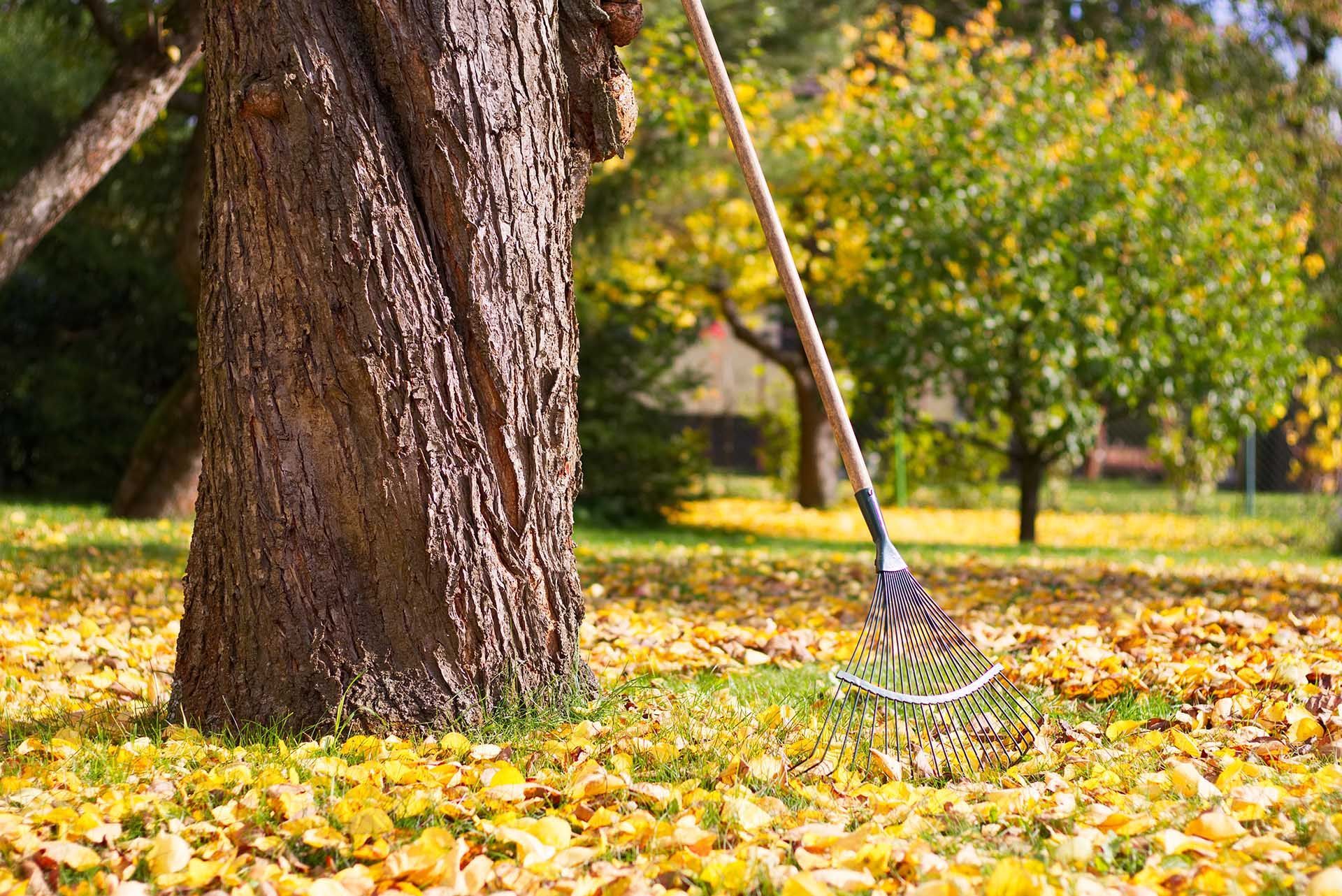
What is the appropriate course of action if I have a dying or dead tree in my property?
Understanding the reasons for removing a tree is crucial, especially if you value the safety and aesthetics of your property.
Tree Removal
Most trees that are dead often need removal to prevent accidents and avoid attracting pests or diseases. To make sure it is done safely and appropriately, consider hiring a tree removal expert, who can assess the situation, provide guidance on the best course of action, and execute the removal with the necessary equipment and expertise.
Legal Consultation
If the tree is located in a public area or part of a homeowners' association, it is better to consult first with the appropriate authorities or community members before taking any action. This is to ensure that you are not bypassing any local regulations or ordinances regarding tree removal. In some areas, you may even be required to obtain permits for handling such trees.
Professional Advice
One of the primary reasons for removing a tree is if it is dead and poses a significant safety hazard to nearby structures or people. However, if you have no idea whether this is actually the best course of action to take or if you need assistance with tree removal, consider consulting with a certified arborist or tree expert who can provide personalised advice based on the specific circumstances.
Takeaway
From the risk of property damage and safety hazards to decreased property value, the implications of neglecting dead trees are significant. By addressing them promptly and seeking professional assistance when needed, property owners can mitigate risks, ensure safety, and preserve the value of their property.
At Hiline Tree Services, we offer professional tree services to residential and commercial clients across Mackay. Our experienced team is dedicated to helping property owners maintain safe and healthy outdoor environments by providing expert tree removal, pruning, stump grinding, and tree maintenance services. If you're concerned about a dead or dying tree on your property, don't hesitate to contact us for a consultation and tailored solution.
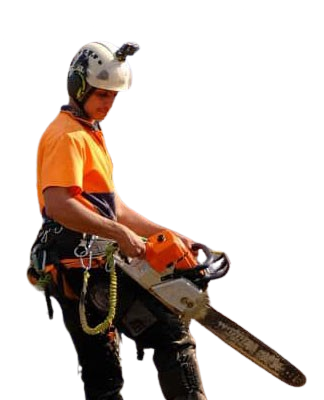
-
Visit Our Website
We hope you enjoyed reading this blog post!
Hi-Line Tree Services is a fully licensed tree care company based in Whitsundays and Mackay. We are equipped to handle all types of tree works from tree removal and pruning to coconut palm de-nutting, stump grinding, and land clearing. We offer free quotes and we are available 24/7 for tree emergencies.
We hope you enjoyed reading this blog post!
Hi-Line Tree Services is a fully licensed tree care company based in Whitsundays and Mackay. We are equipped to handle all types of tree works from tree removal and pruning to coconut palm de-nutting, stump grinding and land clearing. We are also available 24/7 for tree emergencies.
Get a free quote today!
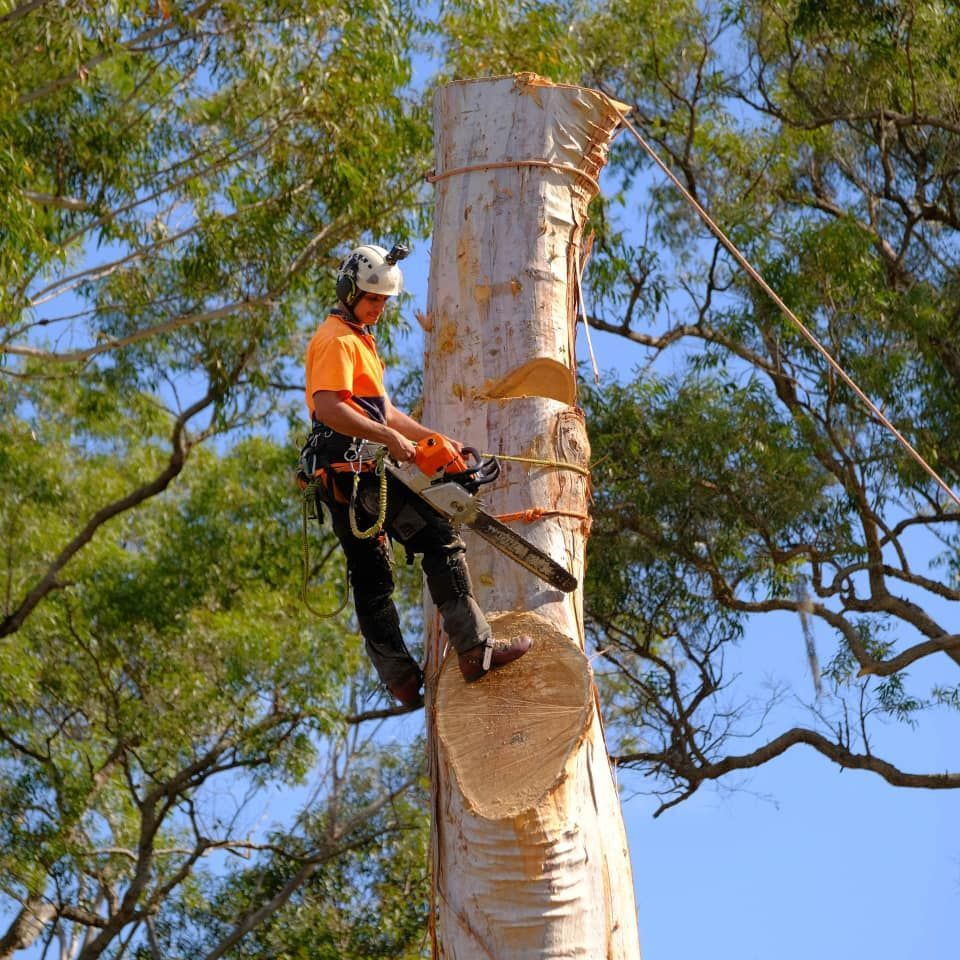

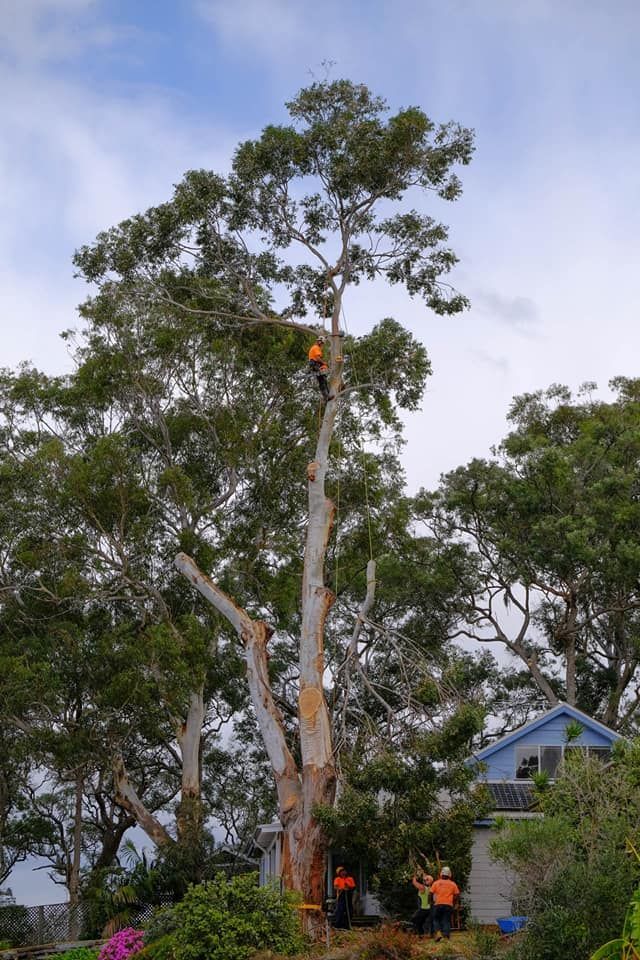

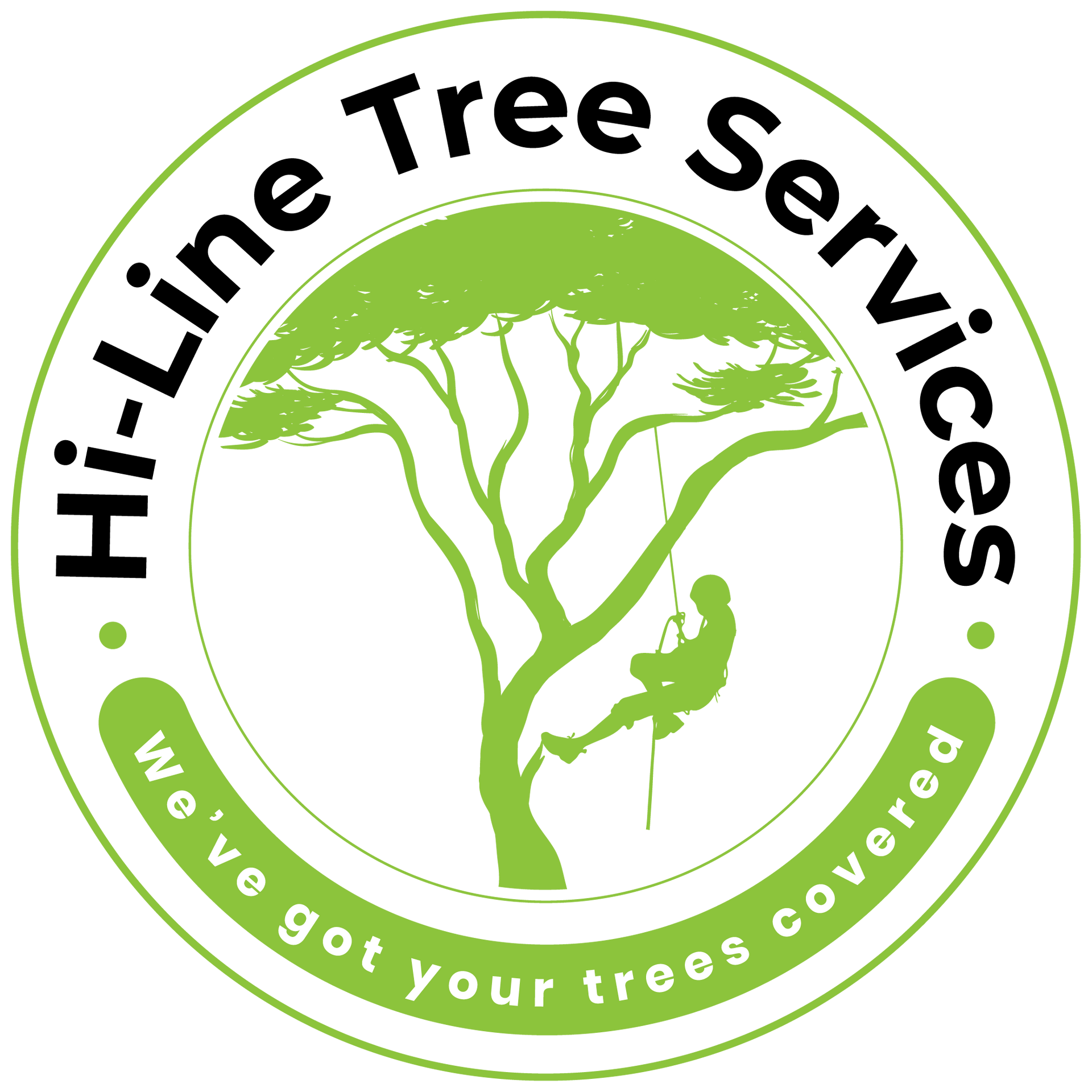
Leave all your tree care needs to the experts at Hi-Line Tree Services. We are equipped to handle all types of tree works, including coconut palm de-nutting, tree removal, pruning, stump grinding, and land clearing of your residential, commercial, or government projects.
ABN 35 665 811 861



